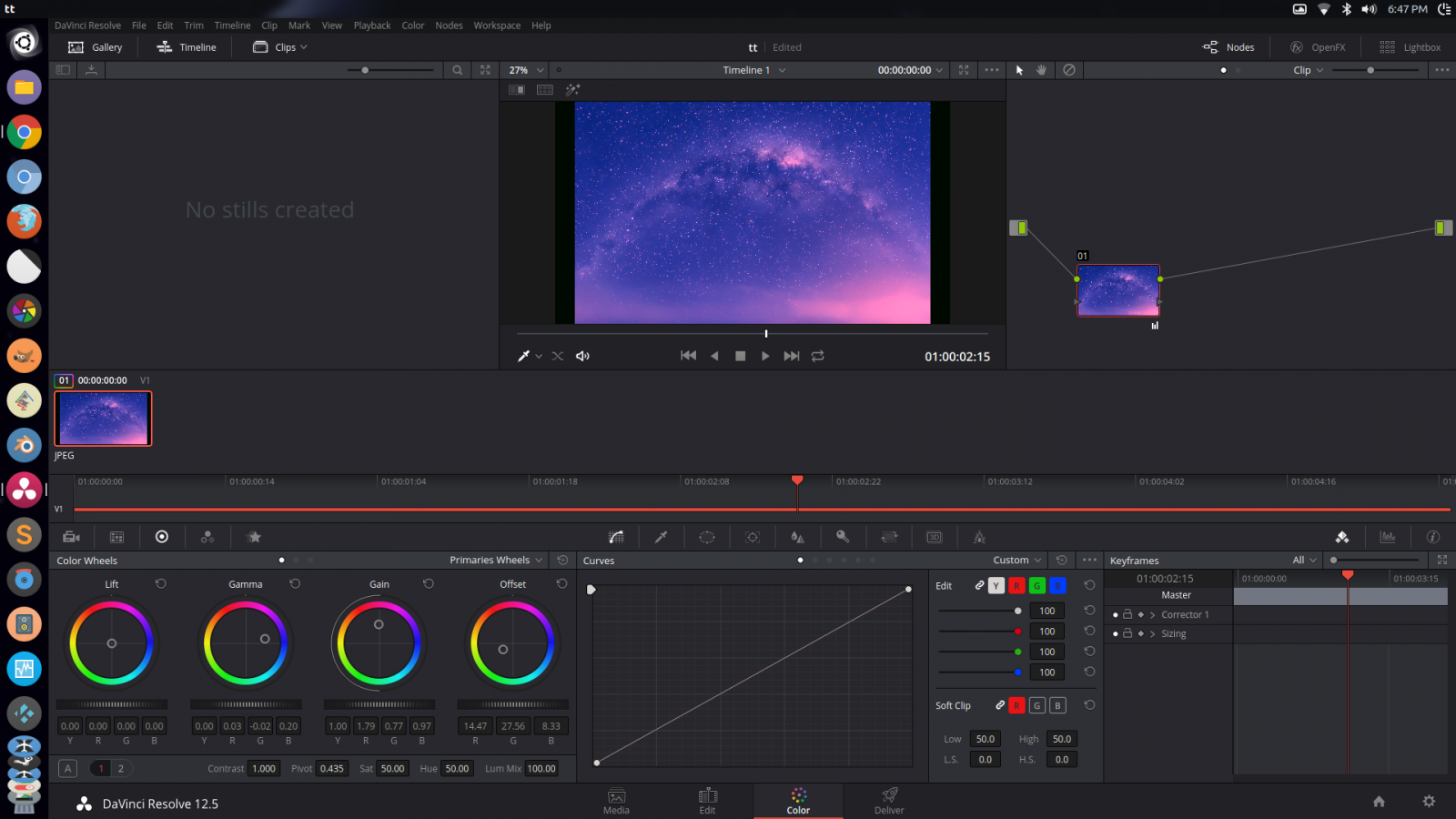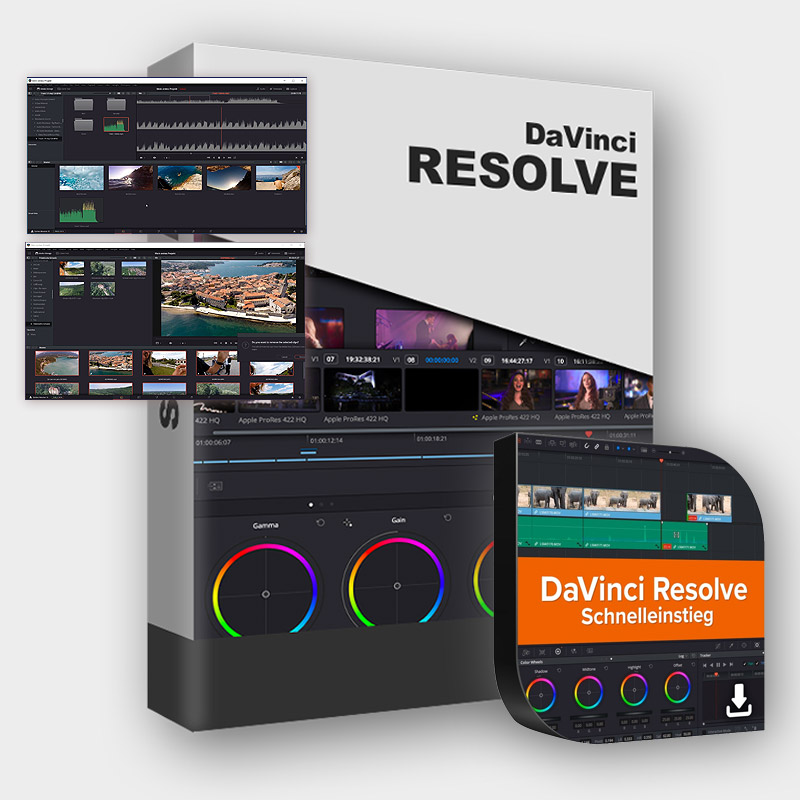

The Color Page in Resolve's interface has several areas that work together to let us grade our clips quickly and easily, so that's where we'll start. (NOTE: It's easy to say "We'll just fix the color in post." It's MUCH easier to get it right on set by lighting and shooting it properly, making only minor adjustments in post.) If we're working on a romcom, for example, and the lighting during production accidentally cast green hues on the actors and was too dark, we may want to correct the images to create a more lighthearted atmosphere with fewer shadows and more even skin tones.

Later we can focus on creating a more specific look that further contributes to the tone, feel and genre. It is helpful to first adjust our images to achieve a nice, even baseline look.

This helps maintain continuity throughout a scene(s). The goal is to achieve a proper exposure level to ensure viewability and make sure that the visual qualities of each sequential shot in a scene matches the previous one. While there are some incredible features reserved for the paid version, most everyday color correction tasks are available in the free version.īefore we jump into how to color correct in DaVinci, let's talk about the basics of color correction itself.Ĭolor correction is the process of adjusting and correcting color temperature, skin tones, lighting, exposure, and contrast in your video images that distract from the visual world that you are intending to create for your audience. This freemium software offers powerful fully functional color correction and color grading software that can work either as an entirely software-based solution on a powerful laptop or connected to BlackMagic's consoles in a fully functional post-production studio. DaVinci Resolve has become one of the leading applications for color correcting videos, movies, and digital series.


 0 kommentar(er)
0 kommentar(er)
